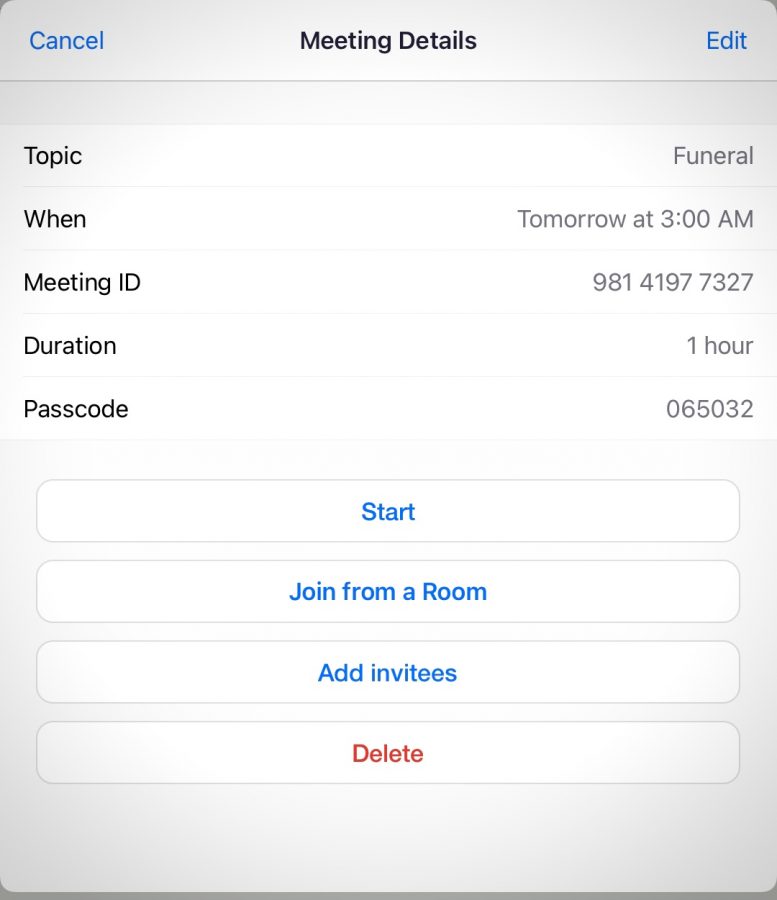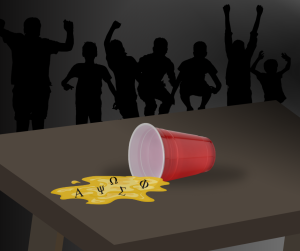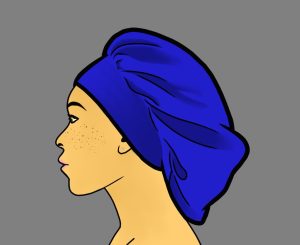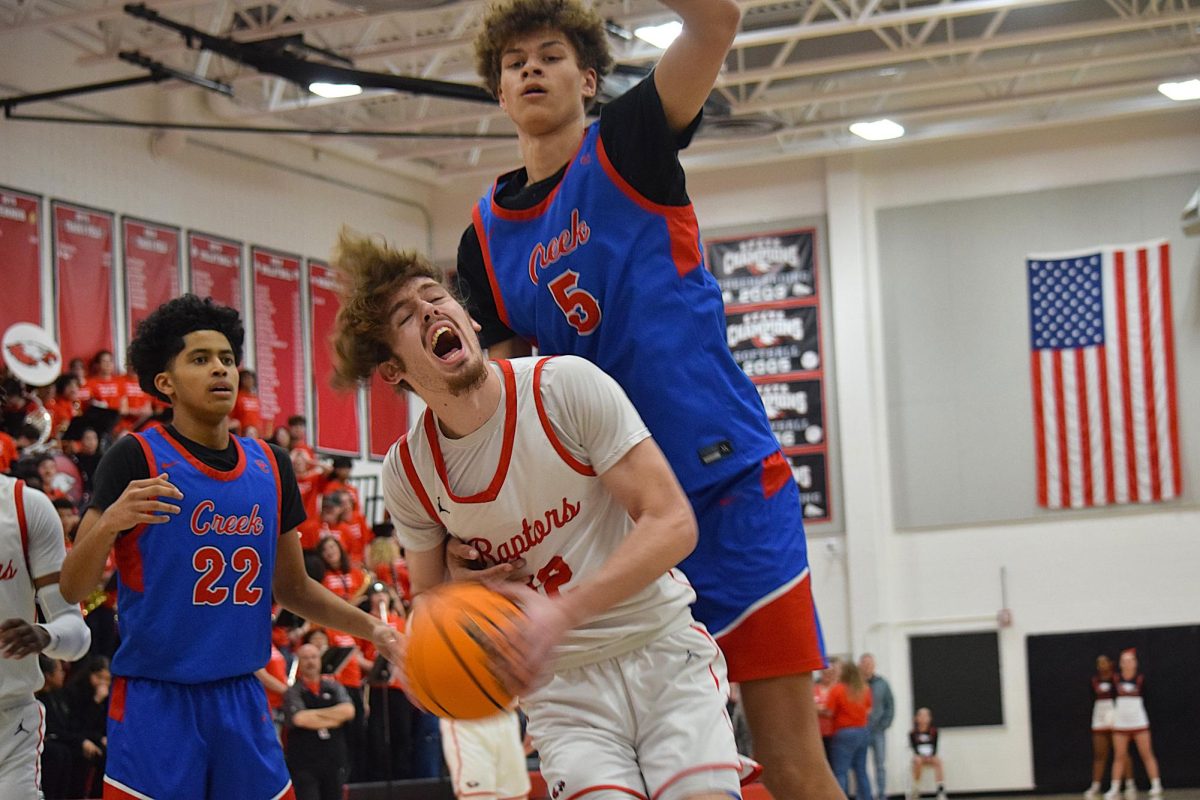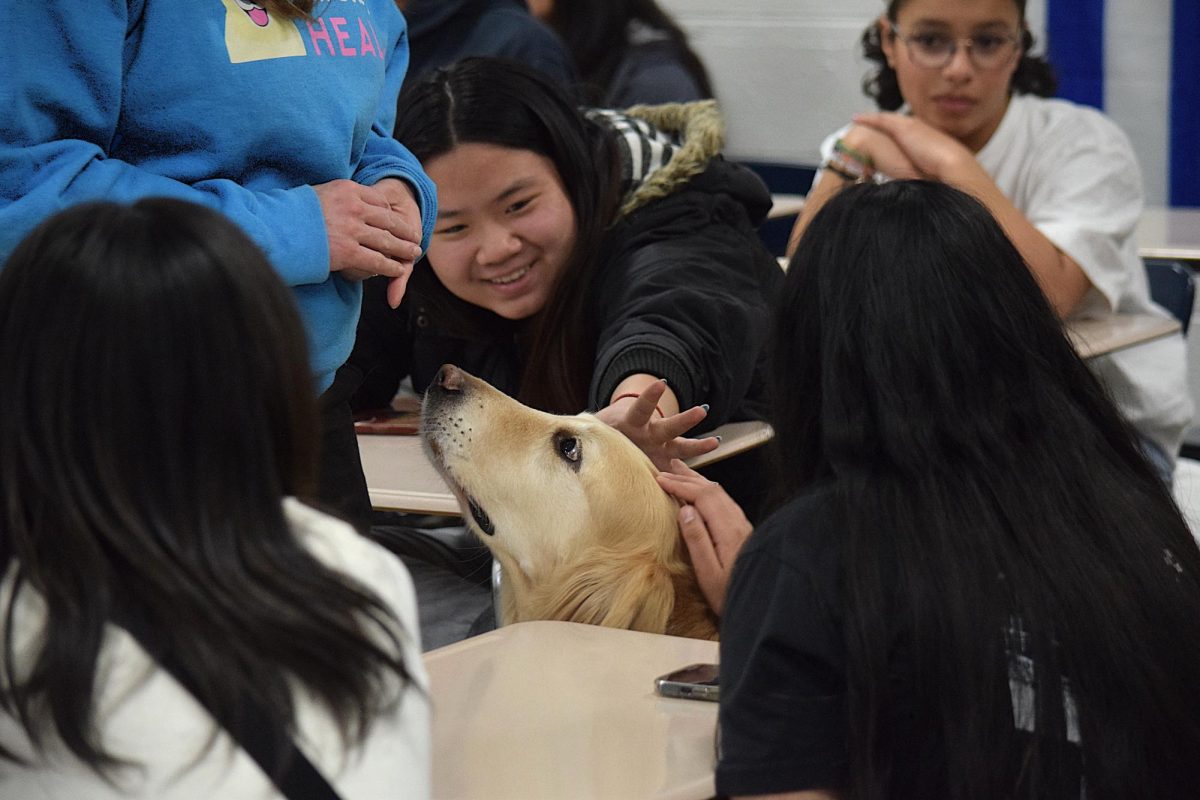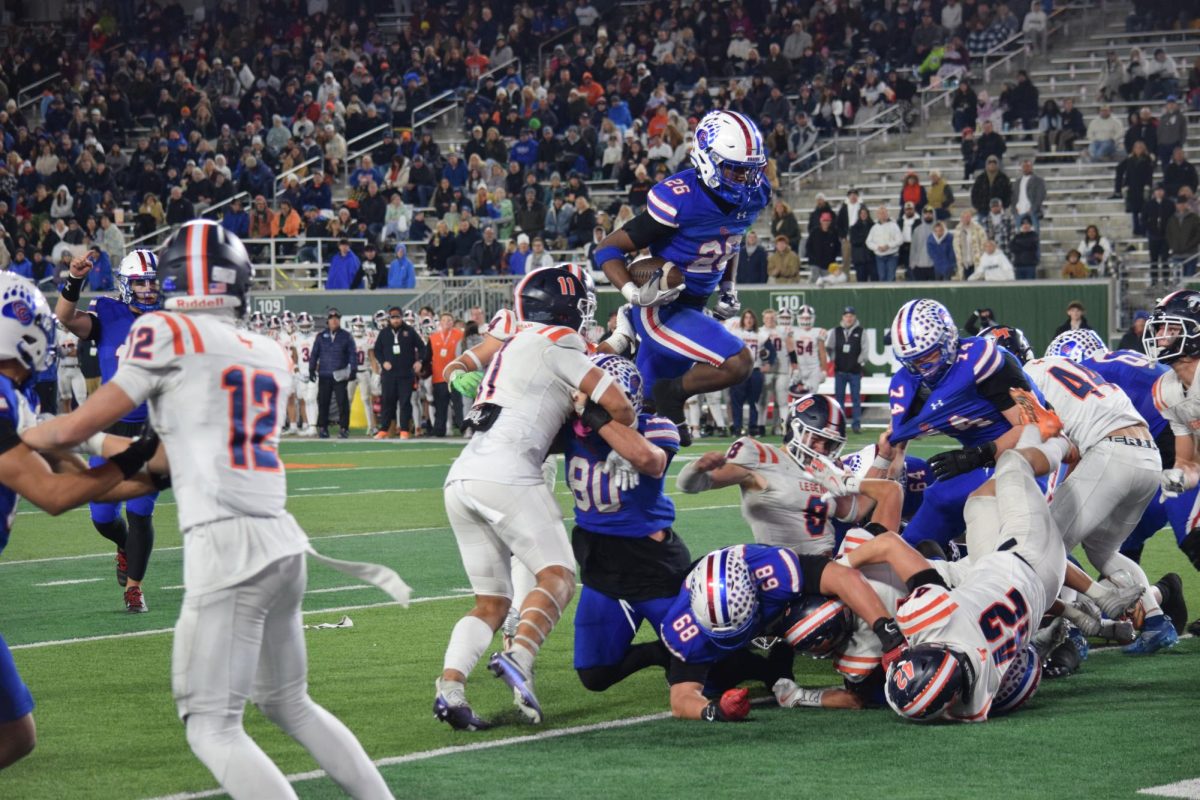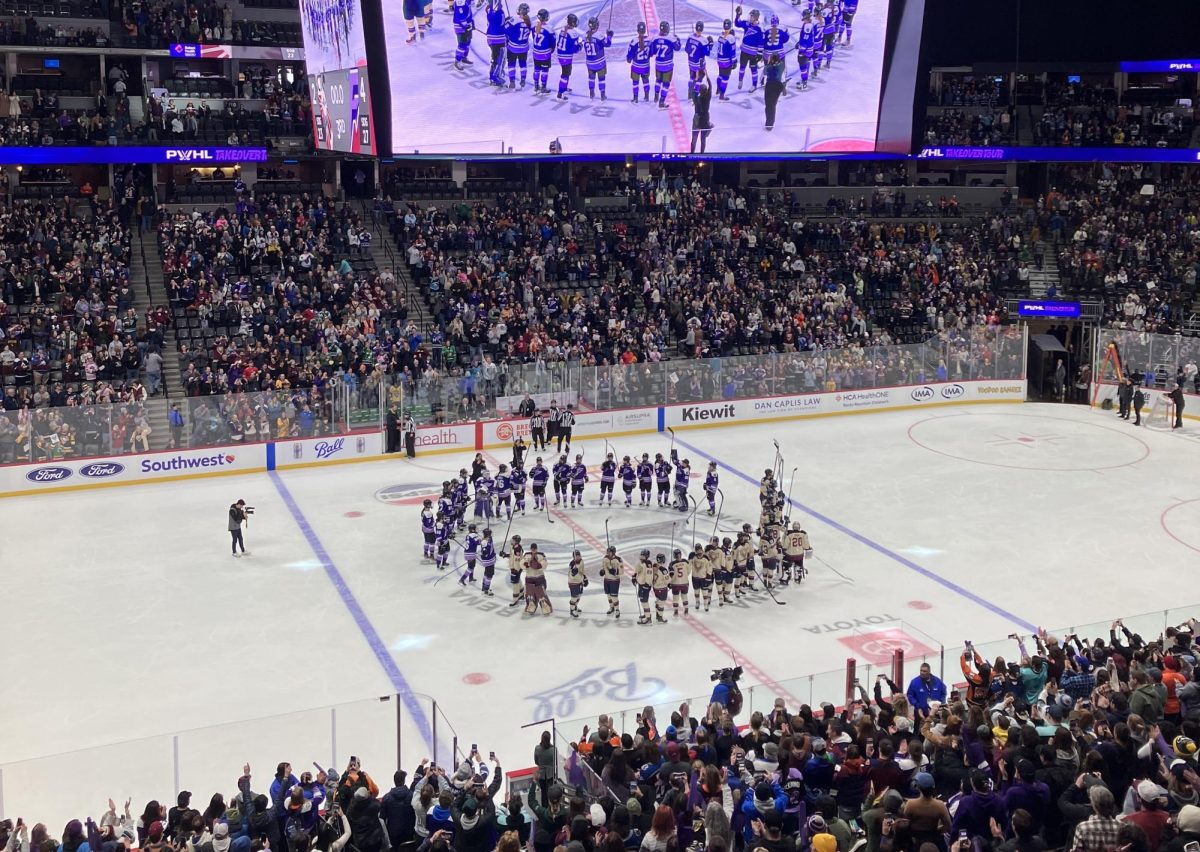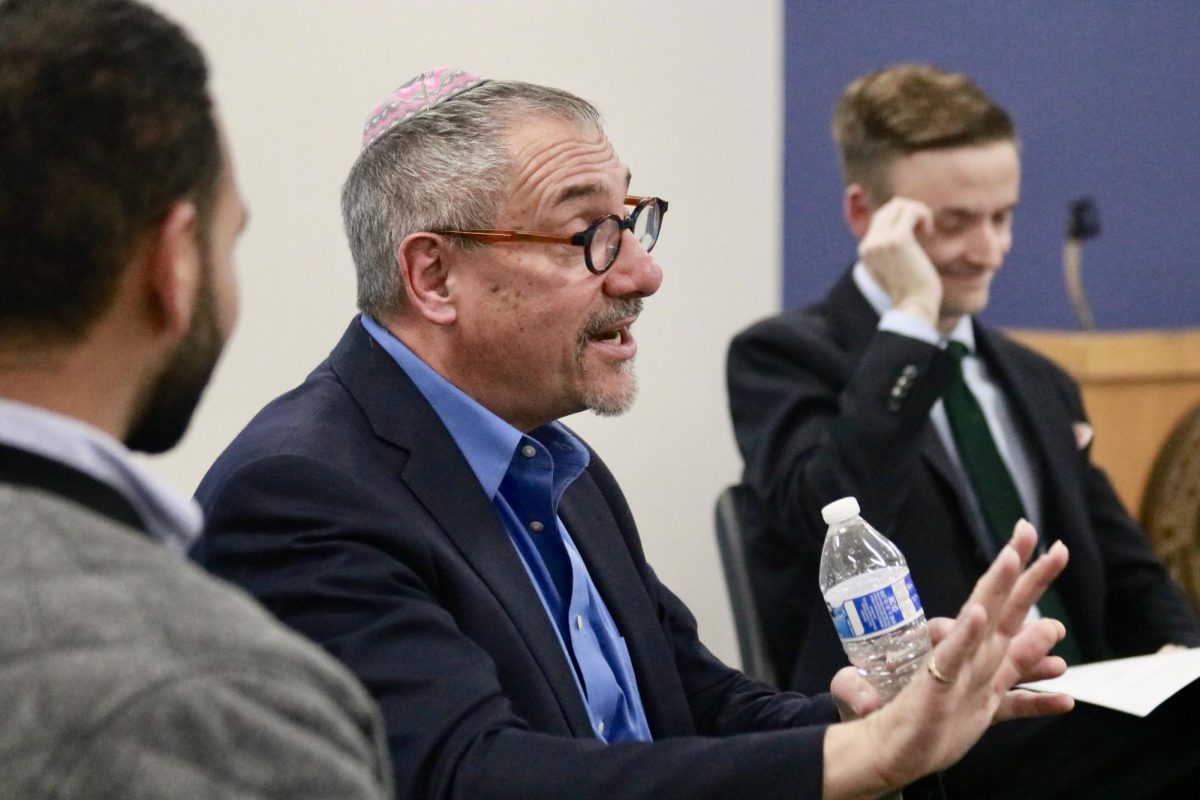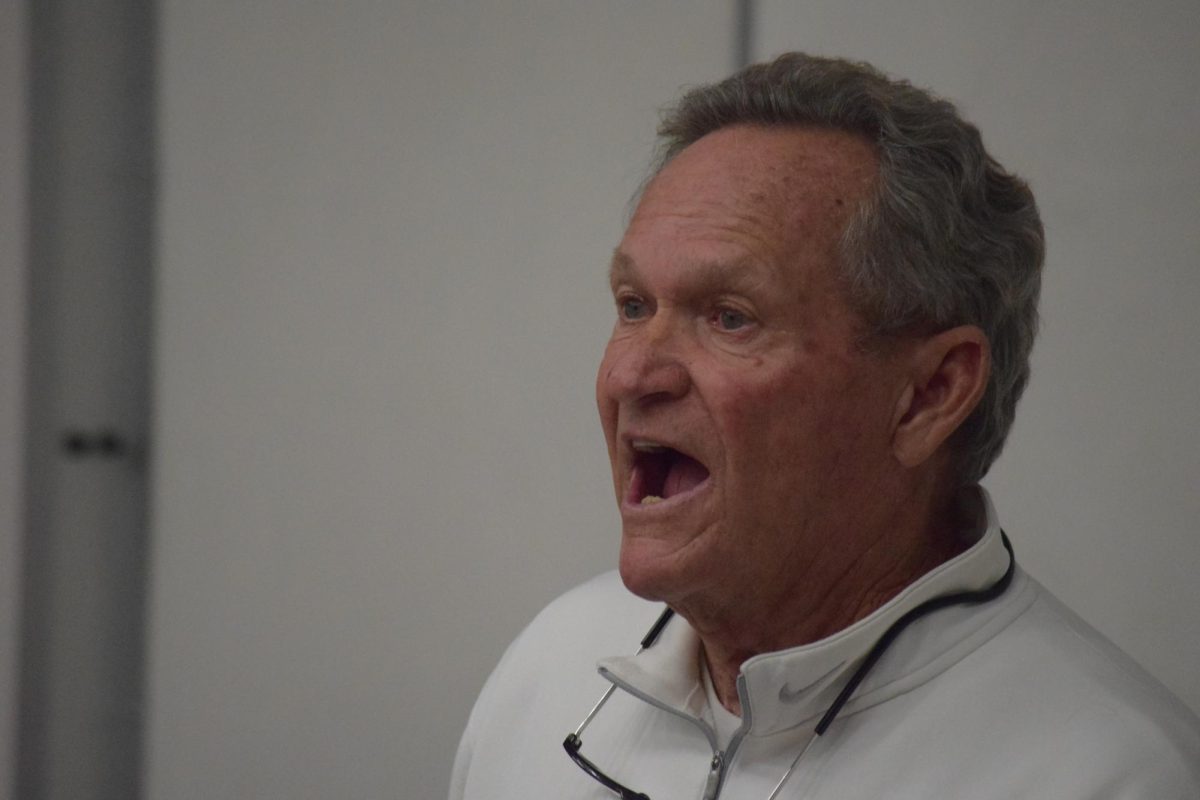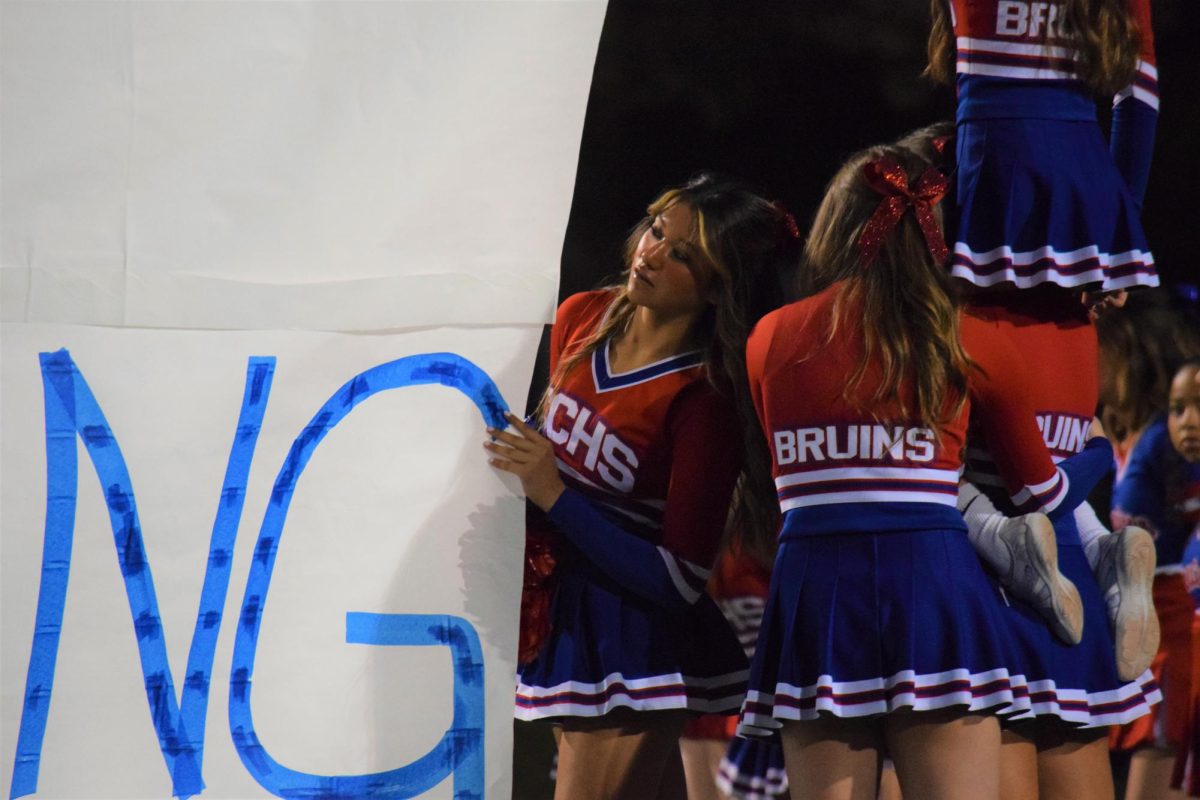India’s Double Mutant
How the new Indian Corona Crisis affects families as it spreads
Muskaan Saxena and her family attend an online funeral for her aunt, which passed away during the Indian Corona Crisis.
May 17, 2021
“The night before, she was talking to us, she was healthy. The next morning, she passed away.”
As you read this, about 4,021 people die every week from COVID in India. That means almost 574 people per day. Or 23 people per hour. Let that sink in for a bit.
Sophomore Muskaan Saxena shares her insight on the current COVID Crisis in India, as cases rise exponentially and resources run low.
“India went from almost being done with COVID to a sudden boom with a new variant and the oxygen running low.”
Although the new “Double Mutant” virus variant was identified in India last year, it has now been classified as a global concern as studies showed the violent variant to spread more easily and be less susceptible to normal vaccines. This B.1.617 variant is the fourth variant to be assigned a global threat as the others were detected in Britain, Brazil, and South Africa.
After Saxena’s aunt’s passing, we get to see the real struggle in India through her eyes.
“Our family has been receiving a lot of calls about people getting COVID. After [her passing], we did receive a few calls from distant relatives of them knowing someone that passed away too.”
The crisis in India is far more deadly than we have experienced in America. Generally, the dominant variant in America didn’t spread as quickly as the Double Mutant variant. Also, even though America suffered from lack of hospital space in at least 25 states, India has overcrowded hospitals, overflowing waitlists, and oxygen shortages.
“I’ve heard horrible stories about the oxygen, scanning for oxygen, and my aunt passed away because she couldn’t get oxygen.”
Apart from lack of resources, none of the vaccines are guaranteed to work, neither the American one, nor the Indian one.
“Although this variant hasn’t spread in the US, it could, and the vaccines haven’t been doing much to prevent it.”
Normal injuries become fatal as stepping foot into a hospital, let alone outside, is deadly.
“My aunt was getting knee surgery. That’s when she got tested positive for COVID. She was brought home and had her oxygen monitored. It was running low, so they took her back to the hospital,” said Saxena. “We’re not really sure if it was due to COVID or something, but we believe she died from cardiac arrest.”
What strikes the people that view this from the sidelines is the immense difference in reaction from others. Clearly, throughout the course of the coronavirus, people, especially in America, reacted to the British variant much stronger than this one. They began to worry a lot about the possibility of it spreading in America. Yet, the more deadlier one, the Indian variant, is reacted to less. Still, it is necessary to be cautious during this crisis.
“At the beginning of 2020 when COVID hit, everyone was terrified because we had no idea what was going to happen. Everything shut down. But now that things have started opening up slowly and people have gotten vaccinated, I feel that we are more careless with this,” said Saxena. “So I would just inform everyone to take precaution as usual and keep their masks on and sanitize.”
Later that week, Saxena’s family attended an online funeral at 3am, because of the time gap. Saxena didn’t attend, but the crisis left an everlasting impression on the family and the whole country.

